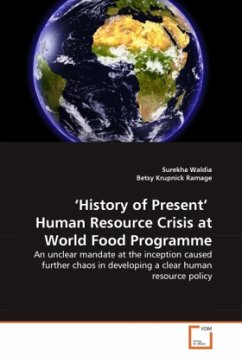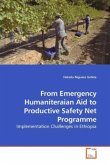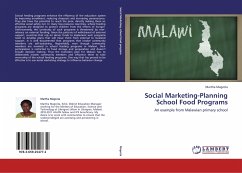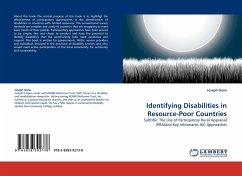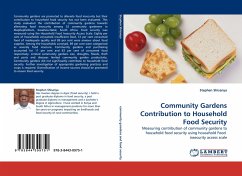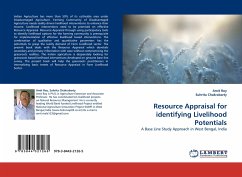The United Nations and the Food Agriculture Organization formed the World Food Programme in 1961, as a three-year experimental programme, to help absolve the imbalances of the world hunger chain. The central core belief of the WFP was that food aid could break the cycle of poverty.From the beginning, the WFP established a vision of a world in which every man, woman and child has access at all times to the food needed for an active and healthy life . The premise behind the UN's creation of a WFP organization was to establish a new sustainable global food allocation chain. They realized that even though there was enough food in the world for everyone to have appropriate nourishment, many Third World Countries did not have the political and economic infrastructure to find a way to gain access to food abundances. WFP was first set up with the objective to focus on sustainability and development, rather than relief, so countries could ultimately gain self-sufficiency. However, the organization was forced into action several months before its intended inception because five million refugees returned to a newly independent Algeria (July 1962), and an earthquake hit Iran (September 1962)
Bitte wählen Sie Ihr Anliegen aus.
Rechnungen
Retourenschein anfordern
Bestellstatus
Storno

